Today's Top Picks
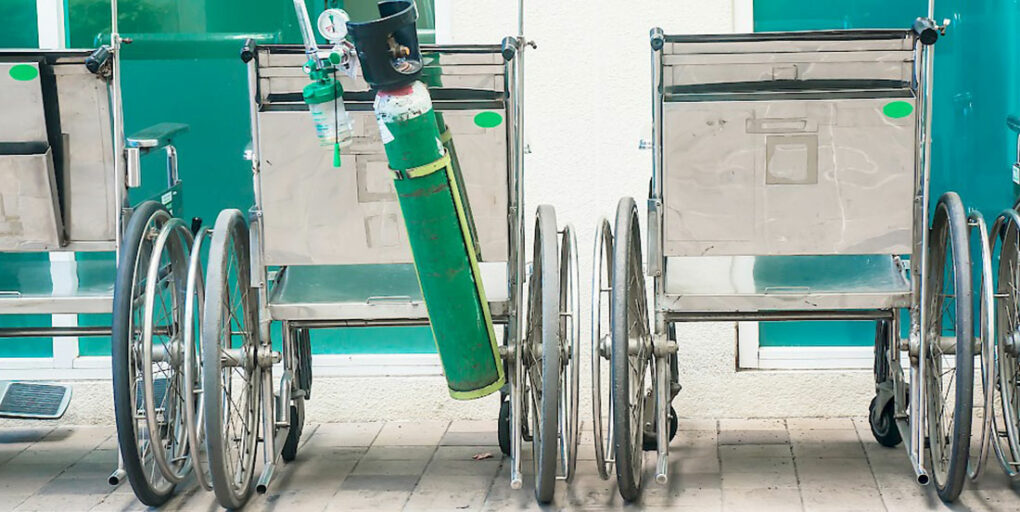
Helping the Chronically Ill During Natural Disasters
Although 2017 was a historic year for natural disasters, 2018 is turning out to be more of the same. Filled with wildfires, tornadoes, floods, tropical systems, and the devastating Hurricanes Florence and Michael, it appears the frequency of natural disasters is increasing. Preparedness professionals face challenges meeting the needs of everyone impacted by such events, especially those with chronic conditions. Fortunately, with pre-disaster planning and post-disaster recovery and evaluation, preparedness professionals can better help the most vulnerable access the resources they need.
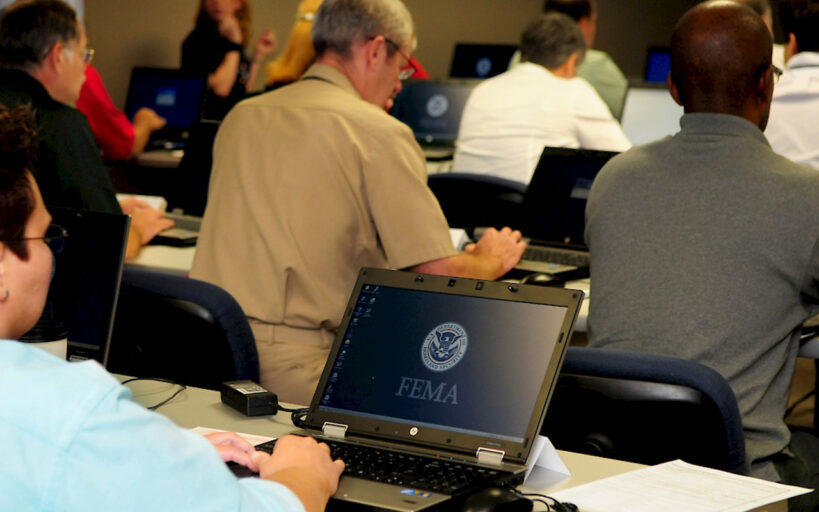
The Value of Knowledge & Training in Response Operations
In today’s emergency service professions, it is essential to master the core knowledge necessary to understand the research and emerging technology that guide incident response. To become truly prepared to respond, each emergency professional must take the time to develop the knowledge to manage the threat and initiate response operations. Training and education are critical in helping a responder master the competencies needed for response efforts.
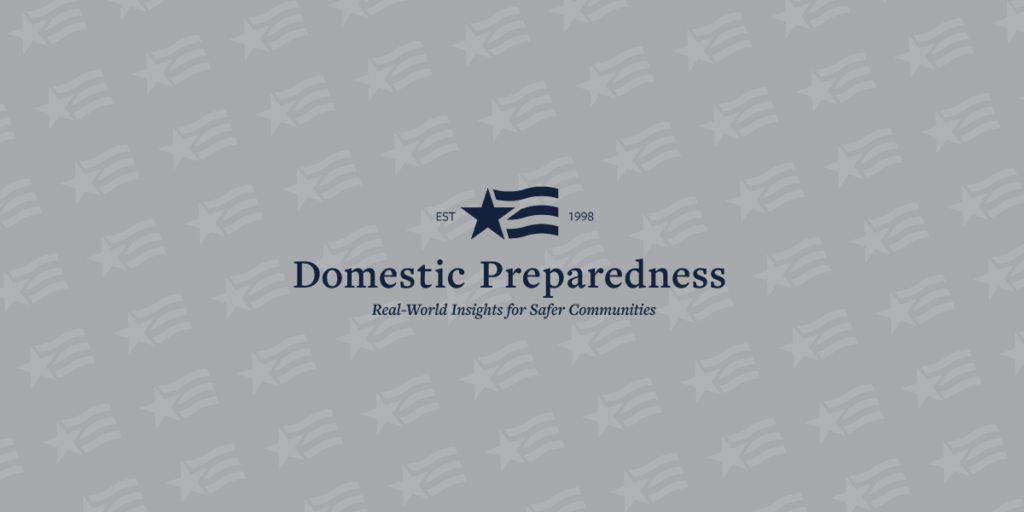
Active Threat Response in Nashua, New Hampshire
Prior to 2013, the active threat plans in Nashua, New Hampshire (NH), consisted of separate
responses by law enforcement, fire, and emergency medical services (EMS). There was no coordinated plan.
Involvement with area hospitals was not considered other than receiving patients. The Nashua Police SWAT
Team and the Nashua Office of Emergency Management recognized this gap. This case study shares this
city’s solution for creating and testing an integrated active threat “one plan” (the integration of
several previously existing plans).

Special Edition: School Security
In 2017, the Secure Schools Alliance (the Alliance) began a unique relationship with the DomPrep Journal. The goal was to raise awareness of the need to improve K-12 school security within the emergency preparedness community. This special reprint edition is a compilation of this effort, beginning with the macro argument of why school security needs to be improved and concluding with a call to recognize that schools are a critical part of the nation’s crumbling infrastructure, which has been ignored for way too long.
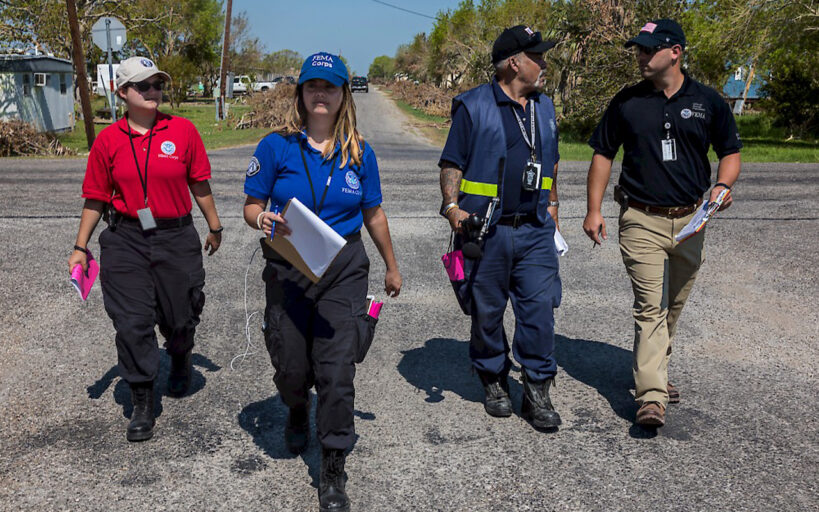
FEMA Challenges & Responses, 2017-2018
The overall goal of the Federal Emergency Management Agency (FEMA), emergency management programs, and the profession of emergency management is to have the disaster system be federally supported, state managed, and locally executed. FEMA maintains a delicate and fragile balance between leading and nurturing this enormous system and this exciting profession. At the same time, disasters are becoming more frequent, more intense, and more expensive. Nevertheless, as the U.S. Department of Defense has said it can fight three wars at once, FEMA and its partners could handle three disasters at once. Currently, though, FEMA is clearly faced with handling much more than three major disasters at once.
Trending
 Bridging Communication Gaps: Lessons from Hurricane Helene by Greg Hauser Hurricanes in 2024 caused widespread damage to infrastructure, leading to a critical but often overlooked issue: isolation. Physical and technological…
Bridging Communication Gaps: Lessons from Hurricane Helene by Greg Hauser Hurricanes in 2024 caused widespread damage to infrastructure, leading to a critical but often overlooked issue: isolation. Physical and technological… A Systems Thinking Approach to Improving Emergency… by William Chapman “PACE” planning helps organizations fail gracefully, but systems thinking reduces the likelihood of failure altogether. Combining both approaches helps organizations…
A Systems Thinking Approach to Improving Emergency… by William Chapman “PACE” planning helps organizations fail gracefully, but systems thinking reduces the likelihood of failure altogether. Combining both approaches helps organizations… Disaster Stress Management in an Emergency Operations Center by Mary Schoenfeldt Disasters affect responders and community members, but they also bring trauma to those working inside emergency operations centers. Distance from…
Disaster Stress Management in an Emergency Operations Center by Mary Schoenfeldt Disasters affect responders and community members, but they also bring trauma to those working inside emergency operations centers. Distance from… Why Emergency Management Is a Good Career for… by Mathew Perrill For many service members, the transition from the military to a civilian workforce can be challenging. They have been trained…
Why Emergency Management Is a Good Career for… by Mathew Perrill For many service members, the transition from the military to a civilian workforce can be challenging. They have been trained…Trending
 Disaster Stress Management in an Emergency Operations Center by Mary Schoenfeldt Disasters affect responders and community members, but they also bring trauma to those working inside emergency operations centers. Distance from…
Disaster Stress Management in an Emergency Operations Center by Mary Schoenfeldt Disasters affect responders and community members, but they also bring trauma to those working inside emergency operations centers. Distance from… Why Emergency Management Is a Good Career for… by Mathew Perrill For many service members, the transition from the military to a civilian workforce can be challenging. They have been trained…
Why Emergency Management Is a Good Career for… by Mathew Perrill For many service members, the transition from the military to a civilian workforce can be challenging. They have been trained… Bridging Communication Gaps: Lessons from Hurricane Helene by Greg Hauser Hurricanes in 2024 caused widespread damage to infrastructure, leading to a critical but often overlooked issue: isolation. Physical and technological…
Bridging Communication Gaps: Lessons from Hurricane Helene by Greg Hauser Hurricanes in 2024 caused widespread damage to infrastructure, leading to a critical but often overlooked issue: isolation. Physical and technological… A Systems Thinking Approach to Improving Emergency… by William Chapman “PACE” planning helps organizations fail gracefully, but systems thinking reduces the likelihood of failure altogether. Combining both approaches helps organizations…
A Systems Thinking Approach to Improving Emergency… by William Chapman “PACE” planning helps organizations fail gracefully, but systems thinking reduces the likelihood of failure altogether. Combining both approaches helps organizations…Trending
Bridging Communication Gaps: Lessons from Hurricane Helene by Greg Hauser Hurricanes in 2024 caused widespread damage to infrastructure, leading to a critical but often overlooked issue: isolation. Physical and technological…
A Systems Thinking Approach to Improving Emergency… by William Chapman “PACE” planning helps organizations fail gracefully, but systems thinking reduces the likelihood of failure altogether. Combining both approaches helps organizations…
Disaster Stress Management in an Emergency Operations Center by Mary Schoenfeldt Disasters affect responders and community members, but they also bring trauma to those working inside emergency operations centers. Distance from…
Why Emergency Management Is a Good Career for… by Mathew Perrill For many service members, the transition from the military to a civilian workforce can be challenging. They have been trained…
Domestic Preparedness Journal
Featured in this issue
- Special Units and Underutilized Resources
- Law Enforcement and Multidisciplinary Teams
- Public Order Policing Units in Disasters
- State Defense Forces in Emergency Response
- Emergency Carcass Operations
- Wildfire PREsponse: Closing the Gap With Mitigation
- Scouts and the Value of Prepared Youth
- Service Dogs: What First Responders Need to Know
- Emergency Management for Transitioning Veterans
- Podcast – Reframing Hurricane Response: Craig Fugate on Survivors as a First Line of Defense
- Podcast – Built to Serve: Chief Jeffrey J. Wittig on TIFMAS, Teamwork, and Emergency Response
Articles Out Loud

Article Out Loud – Law Enforcement Collaboration Within Multidisciplinary Teams
June 25, 2025
This is an article by Richard Schoeberl and Anthony (Tony) Mottola, an Article Out Loud from Domestic Preparedness, June 25,

Article Out Loud – State Defense Forces: The Untapped Backbone of Emergency Response
June 25, 2025
This is an article by Robert Hastings, an Article Out Loud from Domestic Preparedness, June 25, 2025. As disasters become


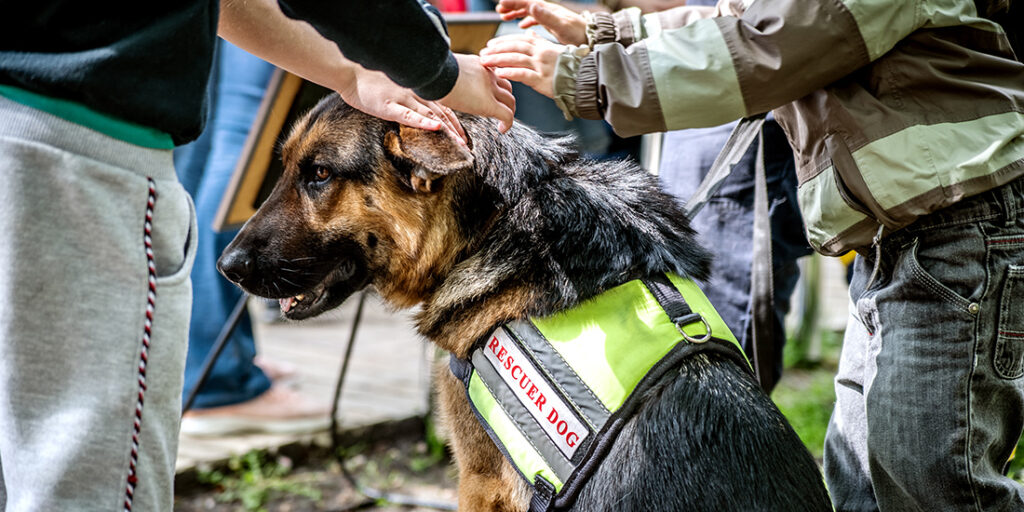
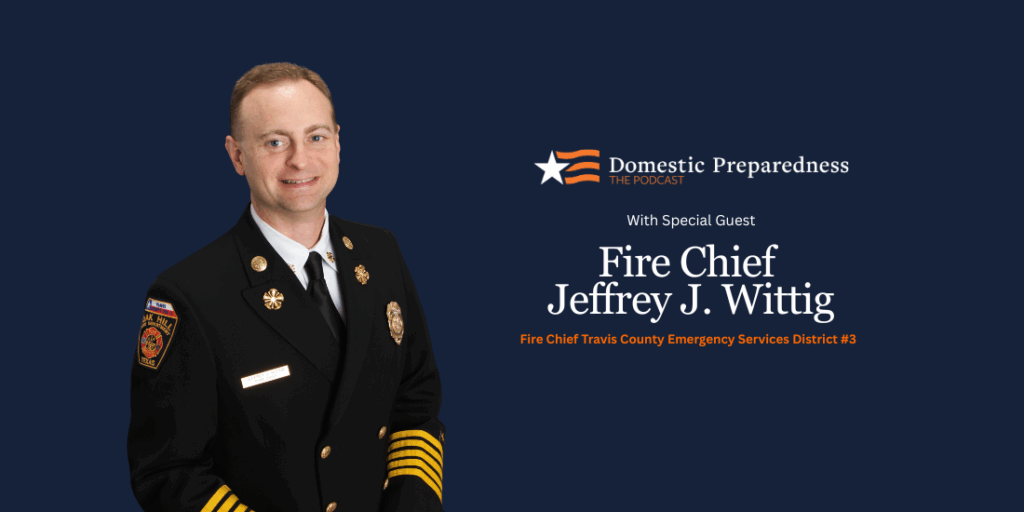
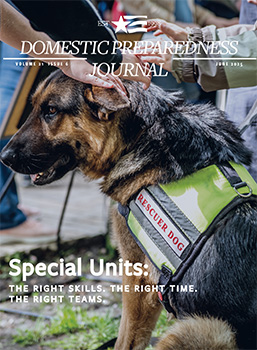

The Opioid Crisis & Its Impact on Public Safety